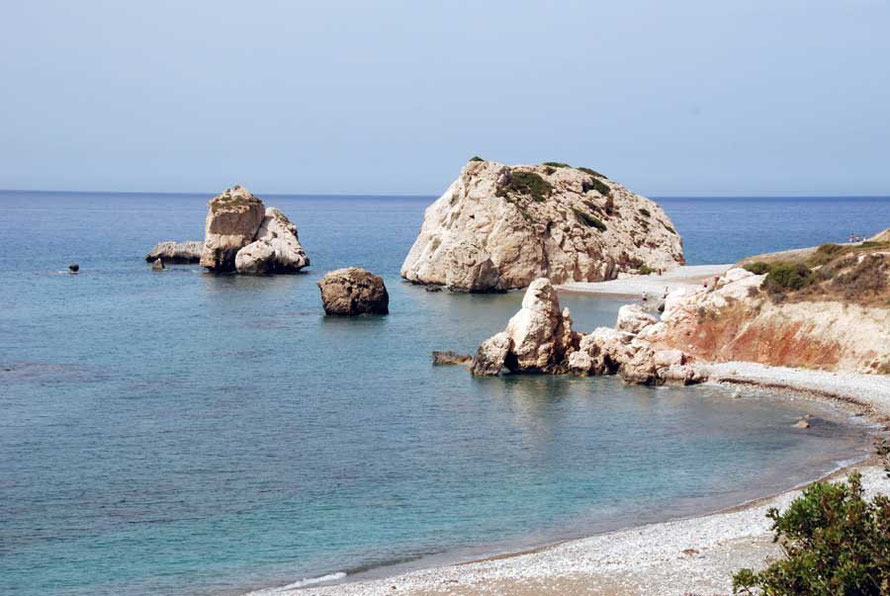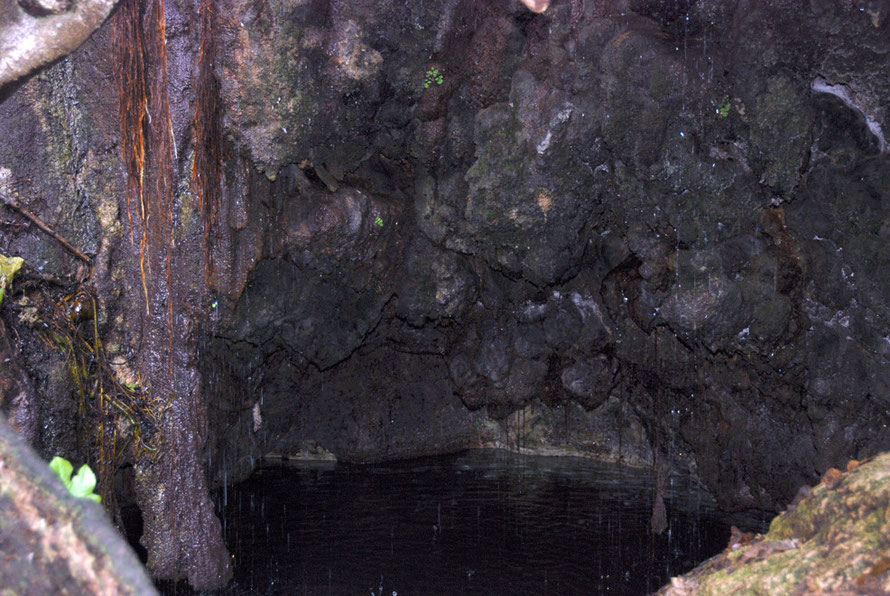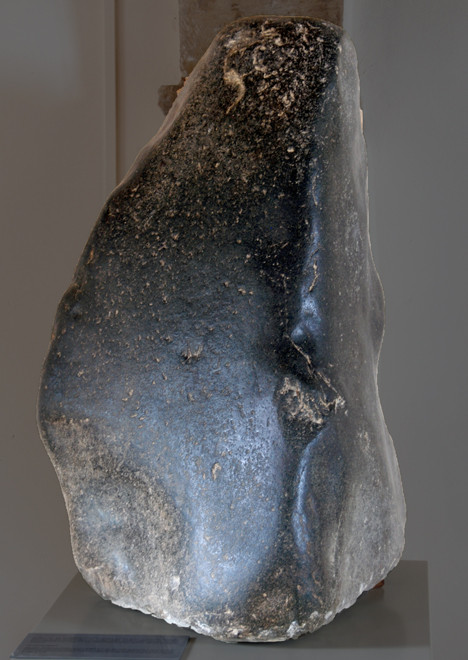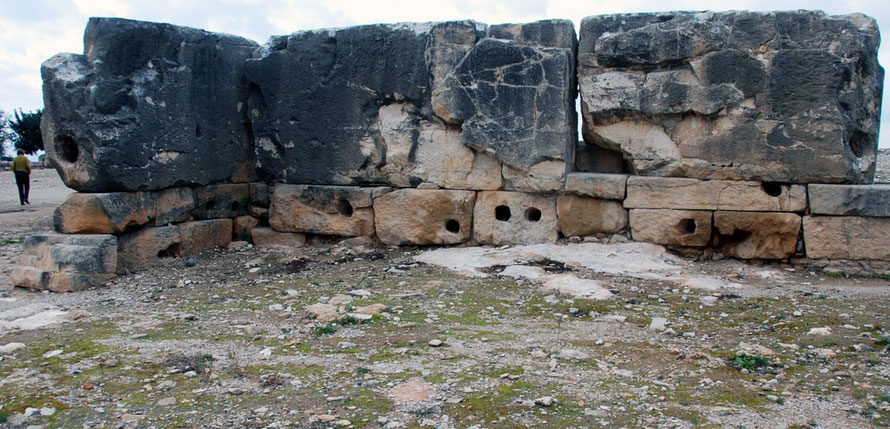The Cult of Aphrodite in Cyprus

The cult of Aphrodite, which was widespread on Cyprus, was centred in the Paphos area and dates from 1,500 BC.
The Paphos district boasts the birthplace of Aphrodite at Petra Tou Romiou (see my page here), the Sanctuary of Aphrodite at Palaepaphos (see my page here) and Aphrodite bath near Polis (see my page here).

In the legend Aphrodite emerged from the sea foam and became consort of king Kinyras. In a rage of jealousy Aphrodite turned her beautiful daughter Myrrha, into a fragrant bush (the myrrh bearing rock rose - Cistus creticus – that's grows all over the Troodos see my Mountains IV). Adonis was born from the wood of the bush and became Aphrodite’s lover.
The legend is based in fact on the Kinyrid dynasty and the rituals of Aphrodite and Adonis survive in the Paphoit spring flower festival, the Anthistiria, and the Flood Festival in June, Kataklysmos where a plunge in the sea echoes Aprodite's emergence from the waves. (Rough Guide, 2009 p.166)

Astarte was accepted by the Greeks under the name of Aphrodite. The island of Cyprus, one of Astarte's greatest faith centers, supplied the name Cypris as Aphrodite's most common byname.
It may be then that Aphrodite was figuratively born on her long sea passage from the Assyrian to ancient Greek world at Cyprus, a convenient place between the two where her tansformation from Astarte/Ishtar took place and could be located.
In the most famous version of the Aphrodite myth her birth resulted from the castration of Uranus by Cronos. The latter threw the formers genitals into the sea and Aphrodite emerged from the consequent foam and floated ashore on a scallop shell.

The cult of Aphrodite may date back further to the Assyrian cults of Ishtar and Astarte. There is evidence that Ishtar and Astarte were worshiped at Paphos in the early Iron Age and were brought, so to speak, to the island by the Phoenicians along with the Egyptian cult of Hathor, who may also have been identified with Aphrodite (see Hatton-Brown, 1997 p.64-6). Ishtar was a goddess of love and war and her cult involved sacred prostitution and was usually fatal for her lovers.
Astarte was another goddess of love and war and widely venerated across the ancient Middle East. She appears in ancient Egypt during the 18th dynasty (1550-1292 BC).

Indeed, the ancient history of Cyprus is also a history of the changing cults and gods and goddesses of the different rulers and colonisers of the island. The Phoenicians introduced their own deities - the goddesses Astarte and Anat and the gods Baal, Eshmoun, Reshef, Mikal, Melqart and Shed. They also introduced Egytian cults of Bes, Ptah, Hathor and Thoeris. In the fourth century BC Greek cults became widespread on the island and there is a gradual identification of Cypriot and Phoenician gods and goddesses with Greek deities.
But underneath it all the centrality of the Great Mother Goddess of fertility, whether known as Aphrodite, Astarte, Wanassa ('the lady'), Hathor or Athena is evident. (see Tatton-Brown 1997 pp. 62-73).
See also my page The Sanctuary of Aphrodite at Palaepaphos.

